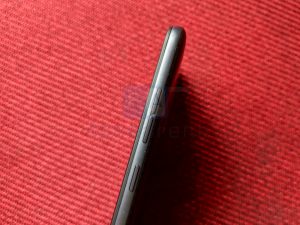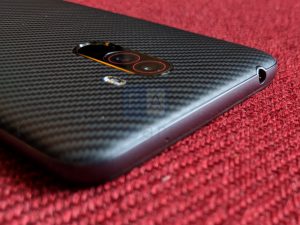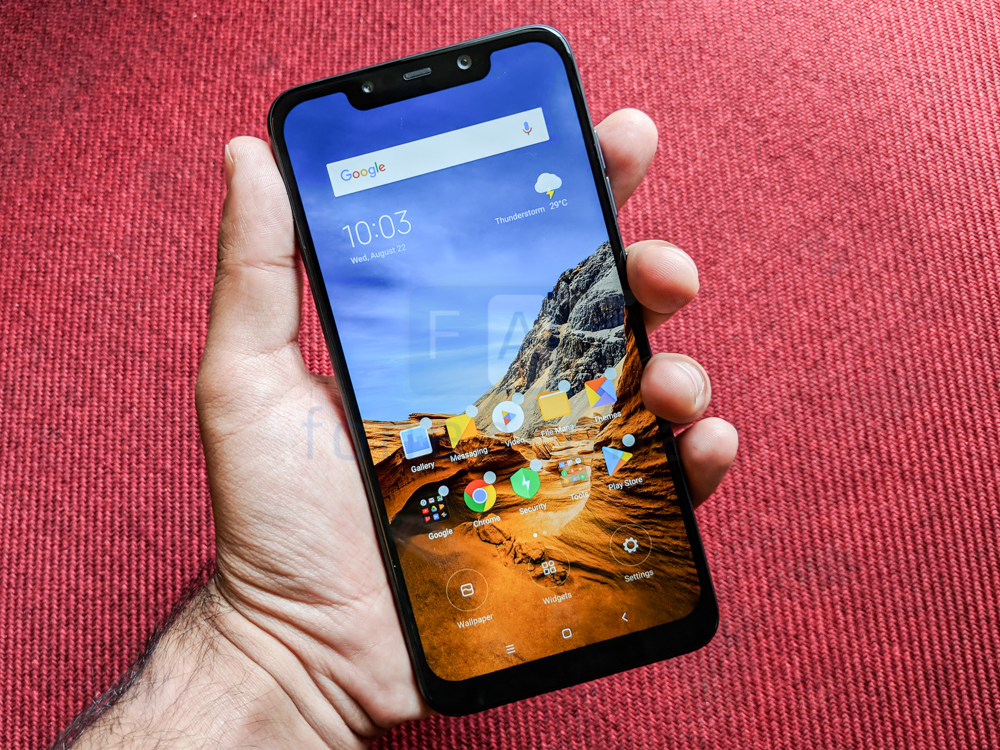
It’s safe to say that Xiaomi can be credited for kickstarting the whole affordable flagship trend with the launch of the Mi3 way back in 2014. There’s been ample competition since then with OnePlus standing out in particular as a success story. Enter POCO, an entire new sub-brand building on the strengths of Xiaomi. The POCO F1 is the first phone under this brand and like its namesake race, this is one screaming fast phone. We’ve spent a bit of time with it and here’s what we think.
POCO F1 specifications
- 6.18-inch (2246 × 1080 pixels) Full HD+ 18.7:9 2.5D curved glass display, 1500:1 contrast ratio, 84% NTSC color gamut, Corning Gorilla Glass protection
- Octa-Core Qualcomm Snapdragon 845 Mobile Platform with Adreno 630 GPU
- 6GB/8GB LPDDR4x RAM, 64GB / 128GB/256GB (UFS 2.1) storage, expandable memory with up to 256GB with microSD
- Android 8.1 (Oreo) with MIUI 9, upgradable to Android 9.0 (Pie)
- Hybrid Dual SIM (nano + nano / microSD)
- 12MP rear camera with dual LED Flash, f/1.9 aperture, 1.4μm pixel size, Sony IMX363 sensor, Dual Pixel auto focus, secondary 5MP camera with Samsung sensor
- 20MP front-facing camera with ƒ/2.0 aperture
- Fingerprint sensor, IR face unlock
- 3.5mm audio jack, Dirac HD, Dual Smart PA
- Dual 4G+ VoLTE, Wi-Fi 802.11 ac (2.4GHz + 5GHz), Bluetooth 5, GPS + GLONASS, USB Type-C
- 4000mAh battery with Qualcomm Quick Charge 3.0 fast charging
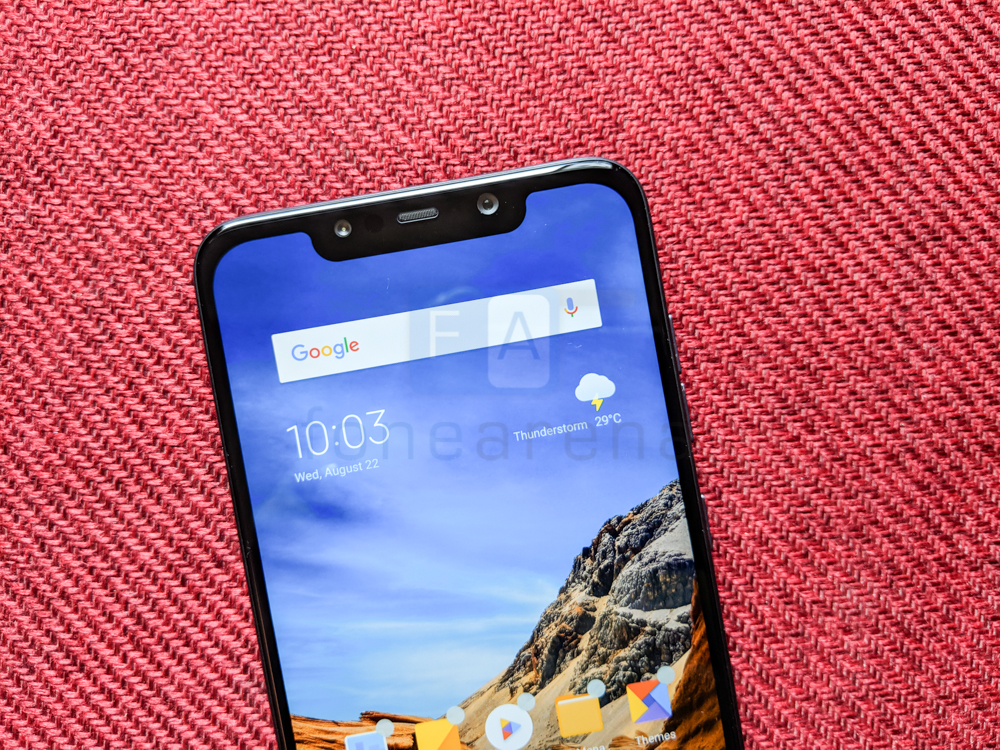
With a 6.18-inch Full HD+ notch display, the POCO F1 is reasonably compact but before we get to the ergonomics, let’s just focus on that notch for a second. Notice that second camera there? Right next to it is an infrared light. Unlike many phones where a notch doesn’t really add much utility, the POCO F1 adds a secondary camera with an IR assist light that enables face unlock in pitch dark settings. Not just in low light but even in day light conditions, the phone is lightning quick to unlock. You still of course get a fingerprint scanner at the back should you chose to use that.
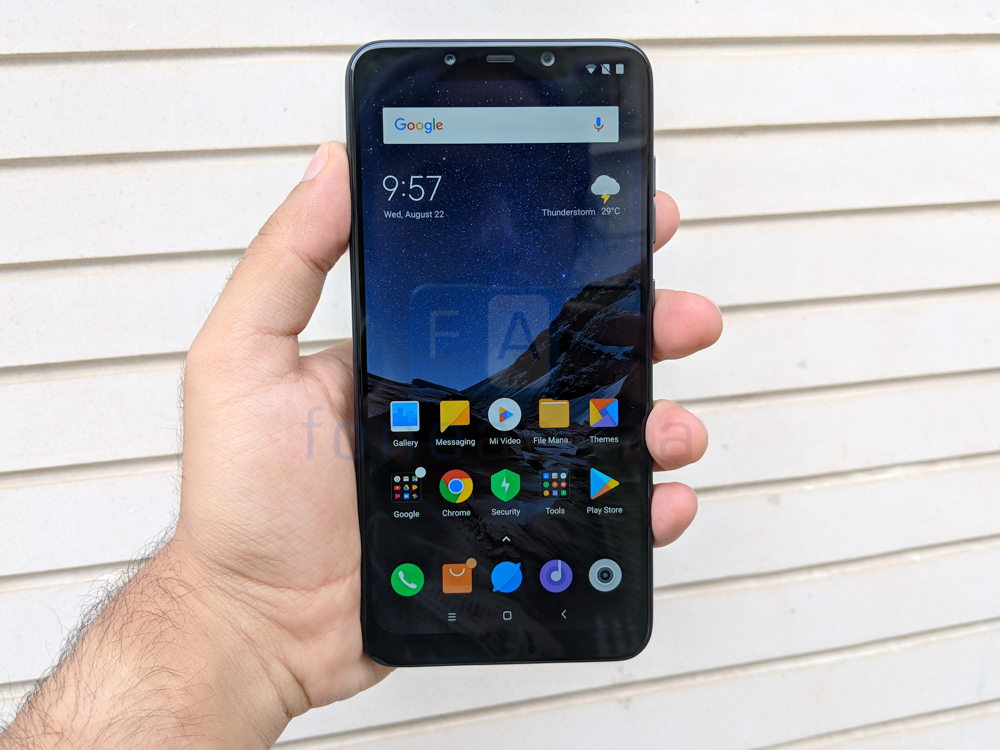
The rest of the display is, well, a standard IPS LCD panel. It looks good, has excellent viewing angles and the saturation levels are very natural looking. Since the phone runs MIUI, you can of course tweak the saturation levels if you wish. Outdoor visibility is not bad at all though there is a bit of glare. Maximum brightness levels are adequate but the phone does not get as bright as the OnePlus 6.
On the right-hand side encased in the metal frame are the volume keys and the power button. The metal keys have great feedback and are suitably click. The left side meanwhile has a hybrid SIM tray that allows for dual SIM cards or a single SIM and microSD card. Along the bottom edge is the USB Type C port while at the top lies the 3.5mm headphone jack. The phone uses the earpiece as a secondary speaker giving you a pseudo stereo set up. This isn’t quite as good as a dedicated stereo speaker set up. The phone doesn’t get super loud but the audio output is above average and doesn’t really distort even at high volumes.
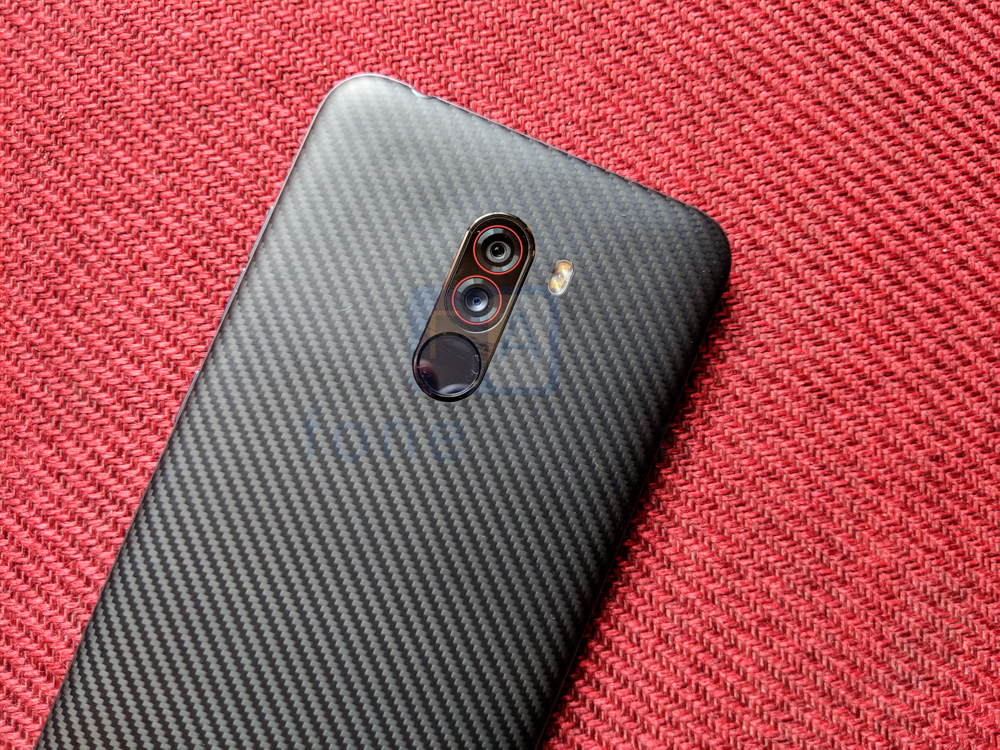
The phone will be available in both polycarbonate and Kevlar variants and we’ve got the latter with us. Now, there will be a lot of takes on polycarbonate appearing cheaper than glass or metal. The thing is, there’s positives and negatives for all. Glass can break easily, metal picks up dents and scuffs and polycarbonate doesn’t always look as premium. Xiaomi’s justification is that almost everybody uses a case on their phones and if it helps reduce the cost, that’s something people will appreciate more. Can’t really disagree with that. We checked out the polycarbonate version and though it looks nice, it isn’t quite as high quality as the good old Lumia series of phones.
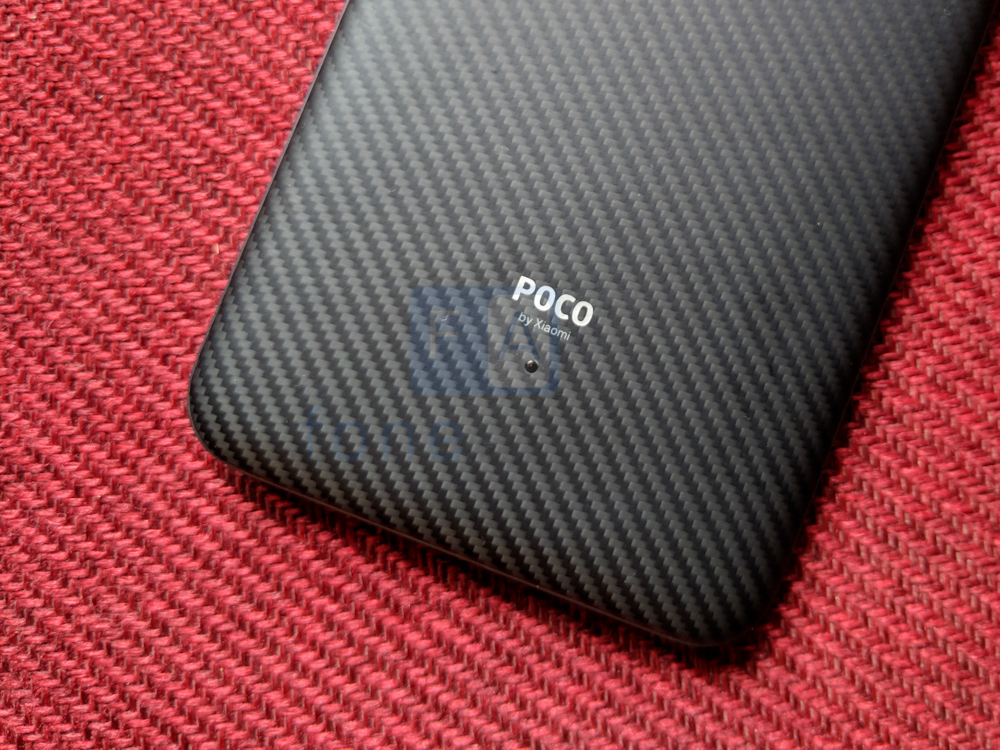
The Kevlar equipped ‘Armored Edition’ that we’re testing out though looks absolutely smashing. It feels great too. In fact the phone generally has a very dense feel to it that makes it feel premium, and we think it should easily handle a drop or two without breaking a sweat.
The camera set up is a variant of the one on the Mi 8 and the Mix 2S. The 12MP primary unit is paired with a 5MP depth sensing sensor. We really need to test it out further and these are just preliminary thoughts, but we’d rate the camera as almost as good as the OnePlus 6. On the face of it, the results looks quite a bit better than competing phones including the Honor Play and Asus Zenfone 5Z. Like the Honor Play, the POCO F1 too has an AI mode but it is a lot less overzealous in bumping up saturation levels. Anyways, we’ve included some samples below. Let us know what you think.
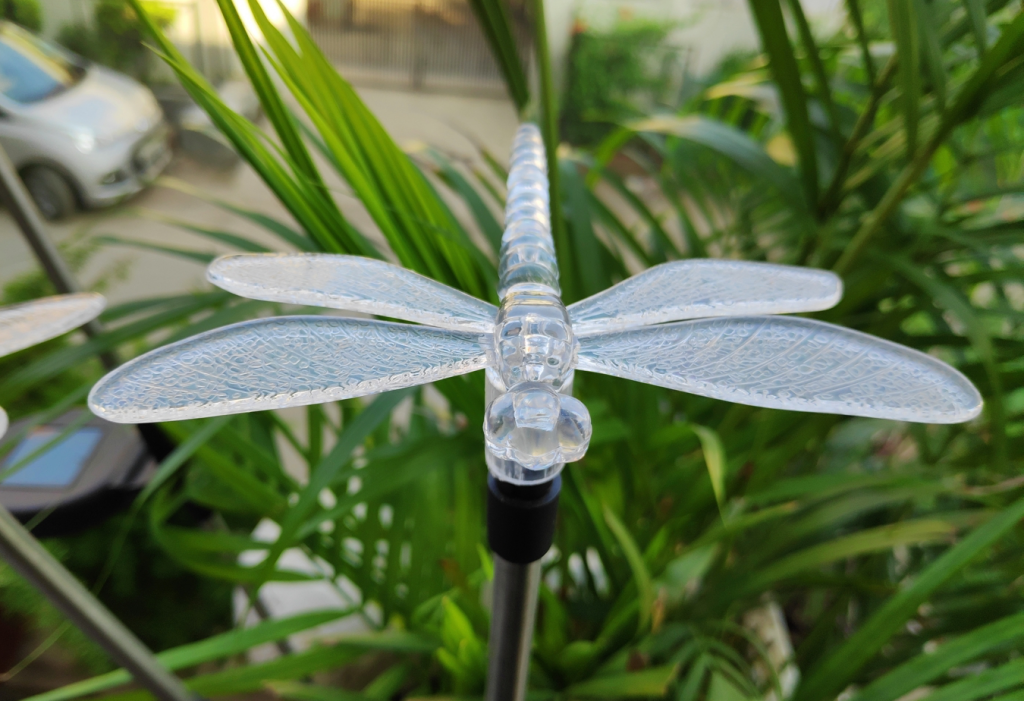
The phone does a great job of capturing details on the garden ornament and the depth of field is quite remarkable.
 The camera seems to err on the side of underexposing shots and retaining more details.
The camera seems to err on the side of underexposing shots and retaining more details.

Using the AI mode bumped up saturation ever so slightly.
 In a poorly lit scenario, the images captured were still very decent. Noise levels are quite low though we will have to do more extensive testing before giving conclusive results.
In a poorly lit scenario, the images captured were still very decent. Noise levels are quite low though we will have to do more extensive testing before giving conclusive results.
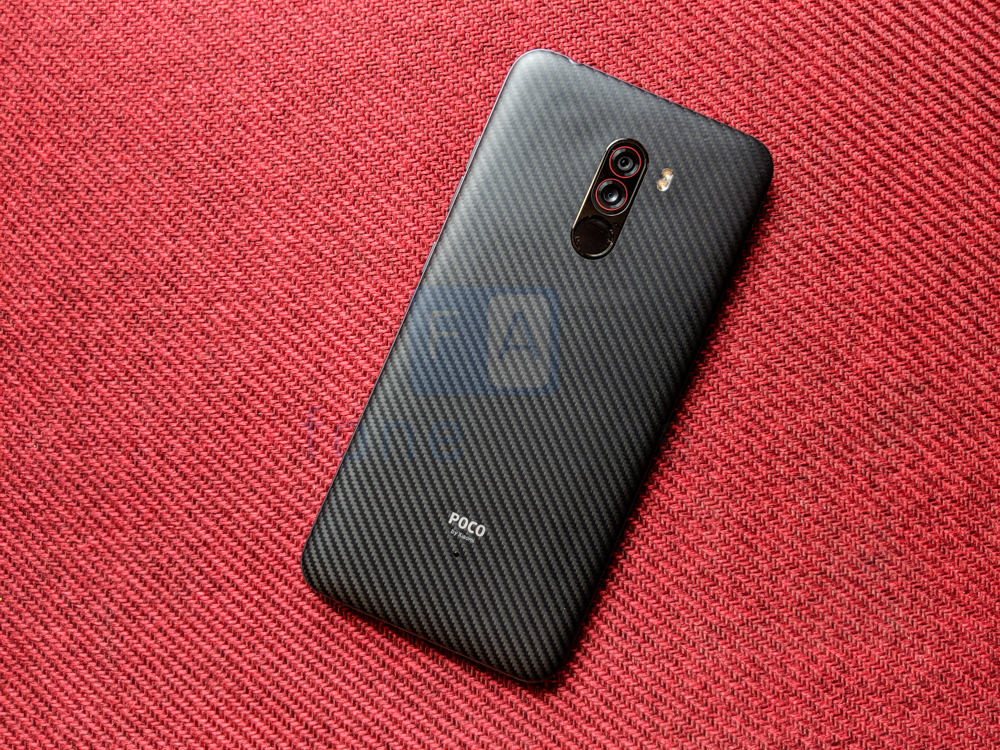
The POCO F1 is powered by a Snapdragon 845 chipset and has up to 8GB of RAM depending on the variant. Performance is not something you’ll have to think twice about. With a top of the line chipset, the phone is predictably fast and there’s no lags anywhere. Liquid cooling, while not unique to the F1 is something you really appreciate having around when playing high end games. We spent about half an hour messing around in PUBG and the phone was barely warm to the touch. Very nice!
On board storage will vary from 64GB all the way up to 256GB depending on the SKU you choose. You can add in a microSD card as well to further bump up storage. The phone supports 4G VoLTE on both the SIM card slots. Surprisingly, the phone doesn’t support NFC. The battery is a 4000mAh unit with support for Quick Charge 3.0.
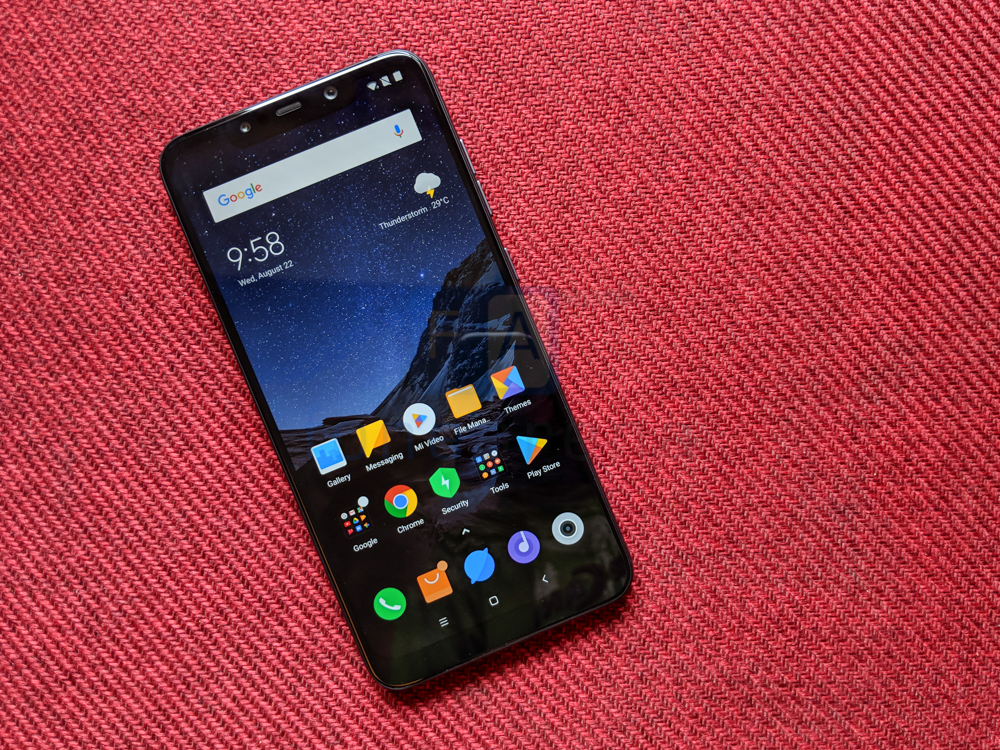
Times have never been better for consumers. There are great fantastic smartphones available at almost price point. The POCO F1 offers a very robust package with a good camera, fantastic internals and a pretty good build at a price that is hard to beat. We’ll have a full review out very soon but if our impressions are anything to go by, POCO just fired warning shots at all its competitors.
The POCO F1 is priced at Rs. 20,999 for the 6GB RAM with 64GB storage version and goes up to Rs. 29,999 for the 8GB RAM with 256GB Kevlar back Armored Edition. It will go on sale from August 29th exclusively on Flipkart and Mi.com with several launch offers.

